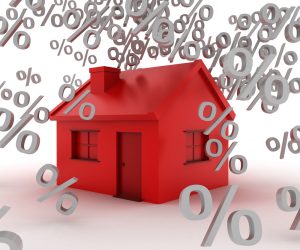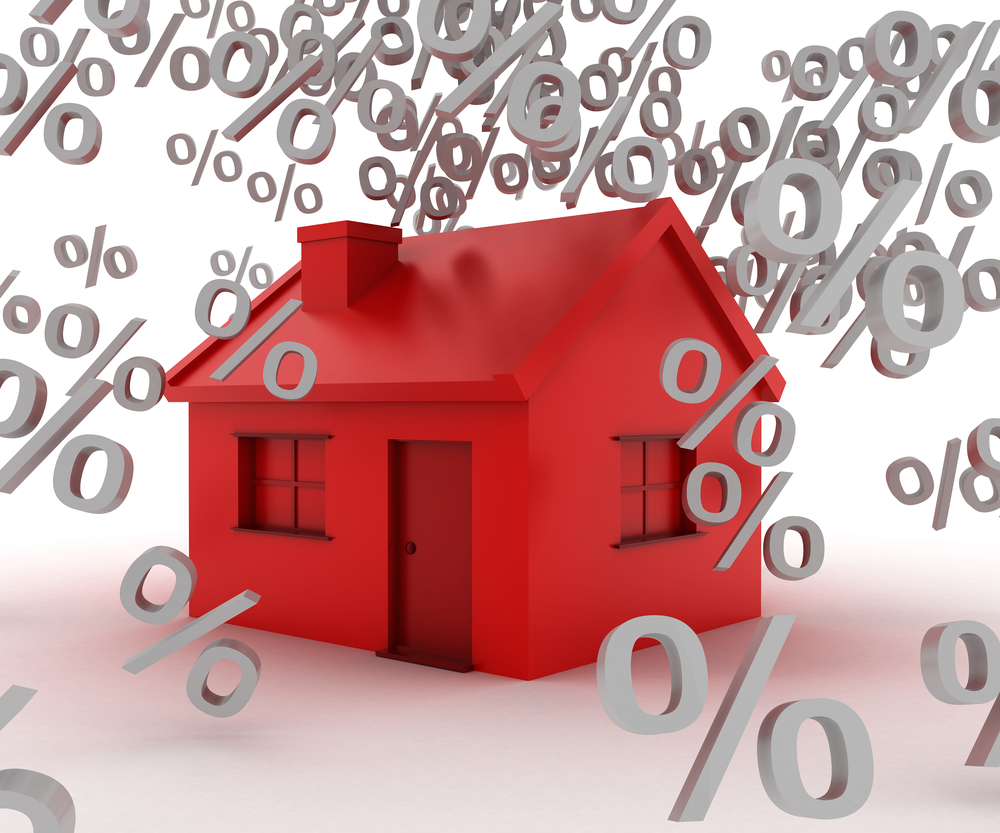Two-year fixed mortgages have experienced a ‘rapid’ rate rise this month with the average product charging 2.51% interest.
 That’s according to analysis by Moneyfacts which has also noticed signs of the mortgage market starting to ‘grind’ to a halt’ in anticipation of this week’s Bank of England (BoE) base rate announcement, due on Thursday.
That’s according to analysis by Moneyfacts which has also noticed signs of the mortgage market starting to ‘grind’ to a halt’ in anticipation of this week’s Bank of England (BoE) base rate announcement, due on Thursday.
It revealed while two-year fixed rates had soared to their highest levels since July 2016, five-year fixed rate deals had remained unchanged.
But the advice to borrowers is, despite the uncertainty around the BoE’s base rate, they should not ‘rest on their laurels’. Charlotte Nelson, finance expert at Moneyfacts, said: “Instead they should see this as the calm before the storm, and anyone sitting on their Standard Variable Rate (SVR) or coming to the end of their deal should consider remortgaging as soon as possible.”
The Moneyfacts UK Mortgage Trends Treasury Report revealed two-year fixed rates have undergone their largest hike since November 2017 when the BoE increased interest rates.
It said at the beginning of the month the SWAP rates and LIBOR, which are the key indicators of what will be charged by lenders, were signalling a base rate was likely.
Moneyfacts said the money markets were already pricing in this increase and so lenders had ‘little choice but to follow suit’ with their fixed rates.
But a fall in these rates in recent weeks, caused by lower inflation, a decrease in the pound and the BoE saying uncertainty over the UK leaving the EU could delay a rise, has meant providers have become more cautious over what to do with their products.
Nelson explained: “With providers now uncertain over what is likely to happen over the base rate, they are opting to be more cautious, choosing not to alter their ranges either way, waiting to see what May 10 holds instead.”
The five-year mortgage rate has remained at its average of 2.91% this month, Moneyfacts reported. It suggested this might have been driven by greater competition as more borrowers considered long-term fixed rates as an option for protecting themselves from future rate rises.




